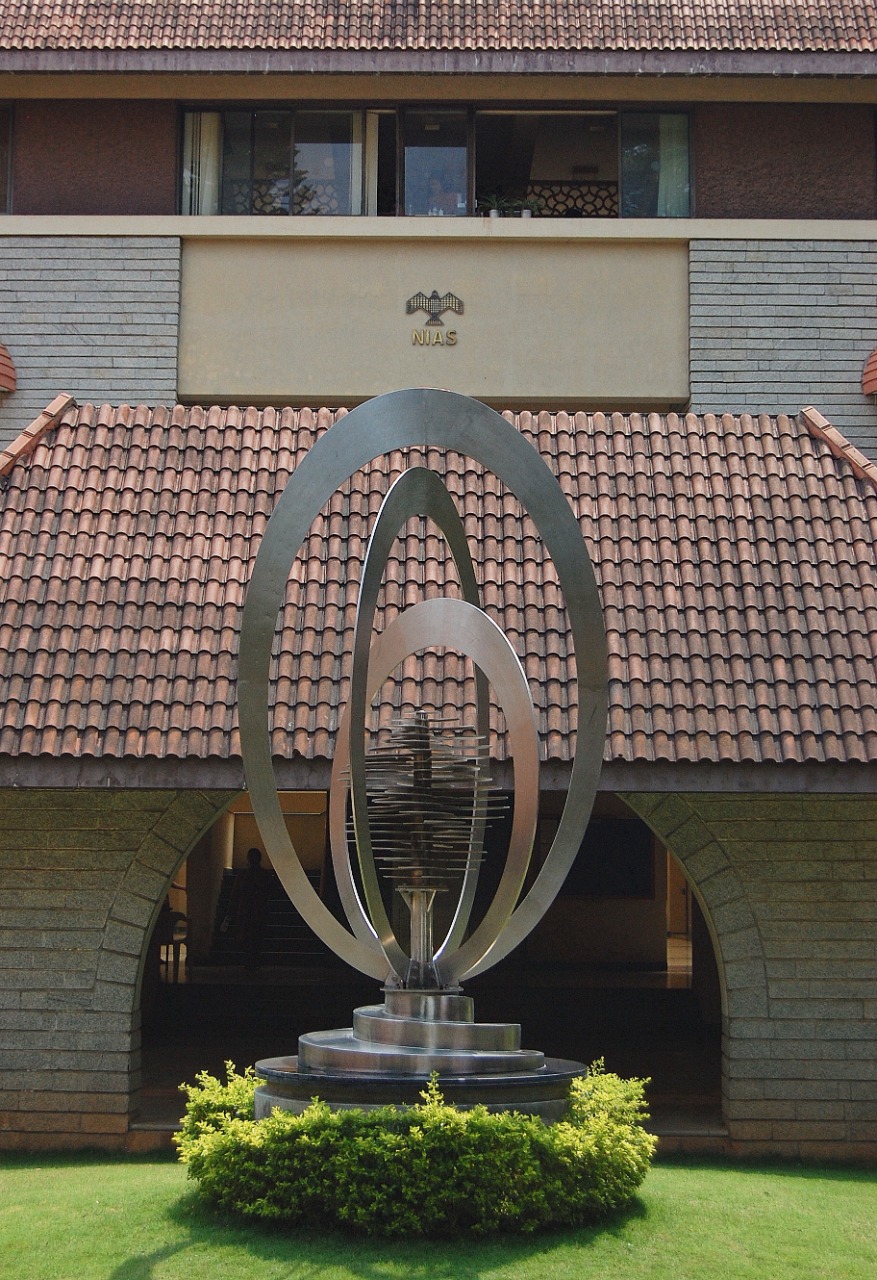
The ‘Arab uprising’ has led to a long drawn out and vicious conflict in Syria, with no clear resolution in sight. The longer the Syrian conflict draws on, the more neighbouring countries are getting engulfed into the imbroglio. One of the most obvious implications of the Syrian conflict is the influx of refugees from Syria into neighbouring countries.
This article makes an attempt to highlight the impact of the Syrian conflict on Lebanon, with particular reference to the humanitarian concerns. The proximity of Syria and Lebanon and the relatively porous borders between the two countries has meant that a large number of people from Syria are seeking refuge in Lebanon. The table below shows the number of refugees in areas surrounding Syria.
No. of Syrian refugees in neighbouring countries
The largest numbers of refugees from the Syrian conflict are now present in Lebanon. This is aided by the fact that Lebanon has maintained an open door policy to Syrian refugees. The situation has reached a point where more than 12% of the Lebanese population currently consists of Syrian refugees. Considering the history of the relationship between the two countries and keeping the current context of the region in mind, this is a dangerous situation for Lebanon. What is staggering to note is that the influx of refugees into Lebanon is growing at an exponential rate, with the Lebanese government lacking any policy on how to deal with the crisis.
Syrian refugees in Lebanon over Dec 2011-Mar 2014
The chart above shows the influx of Syrian refugees into Lebanon during December 2011 to March 2014. The influx of Syrian refugees on Lebanon also has drastic effects on the economics of Lebanon. The chart below shows a projection of the impact on the Lebanese GDP as a result of the influx of refugees.
Lebanon GDP growth estimates with & without Syrian conflict
The projected estimates of the drop in GDP of Lebanon are around 2.9%, a substantial number which is bound to affect Lebanon in the long run. Reports have also highlighted that nearly 170,000 Lebanese citizens are being driven to poverty as a result of the Syrian conflict with an increase in unemployment rate by 10% by the end of 2014. The influx of Syrian refugees is adding to the existing population of Palestinian refugees who have been present in Lebanon for nearly sixty years. The number of Palestinian refugees in Lebanon are estimated to be around 425,000, as of 2010 and Palestinian refugees have been treated as second class citizens by Lebanon.
With the fragile political system prevalent in Lebanon, a consensus has never been reached on how to handle the refugee crisis, be it the refugees from Palestine or Syria. The influx of refugees, who are predominantly Sunni, has also threatened to alter the sectarian system prevalent in Lebanon. Outside of the basic refugee crisis, the close links between Lebanon and Syria implies that that the Syrian conflict is weakening the Lebanese economy, affecting goods and services trade, weakening its public finances and having an adverse effect on Lebanese tourism.
As a result, there is an escalation of the humanitarian crisis into the economic and social spheres. Health is another sector where the refugee crisis is causing a major problem. Estimates show that nearly 2,000 Syrian refugee children are at risk of death due to malnourishment. This in itself is related to unhygienic conditions in the camps coupled with no access to medical facilities, poor quality of drinking water and the absence of immunisation against diseases.
Also, there are allegations of human trafficking. Reports have highlighted that Syrian refugee girls are being exploited by prostitution networks. Sexual exploitation, coupled with girls being sold at auctions with little or no action being taken by authorities has meant that the human trafficking industry has had a free reign.
Though the direct involvement of Lebanese political actors in the Syrian conflict has helped Assad consolidate his position along the Syria-Lebanon border, it has also managed to bring the conflict into Lebanon’s heartland. Even though there are concerns of growing sectarian fault lines, the biggest cause of concern for Lebanon as a result of the Syrian conflict, is humanitarian. Syrian refugees are entering Lebanon with the hope of new beginnings but Lebanon is unable to provide for that. Former Lebanese PM Najib Mikati has gone on record to state that a further influx of Syrian refugees will tear Lebanon apart. A small country like Lebanon has been overburdened with the influx of refugees.
The inability of the Lebanese political system to take a clear stand and provide for an action plan has meant that Lebanon is forced to accept refugees, without actually providing any better means of livelihood. This is much like the earlier case with Palestinian refugees. The roots of the problem lie in the constitution of Lebanon which gives space for a sectarian system which is believed to prevent one group from dominating the other groups but in reality, only manages to prevent a consensus on any issue including one of humanitarian concern. Once again, Lebanon finds itself in the thick of the humanitarian crisis and yet again, the political system has refused to learn from history.
About the Author
Viswesh Rammohan is Research Associate, International Strategic and Security Studies Programme, NIAS, Bangalore. He can be reached at visweshrammohan[at]gmail[dot]com
